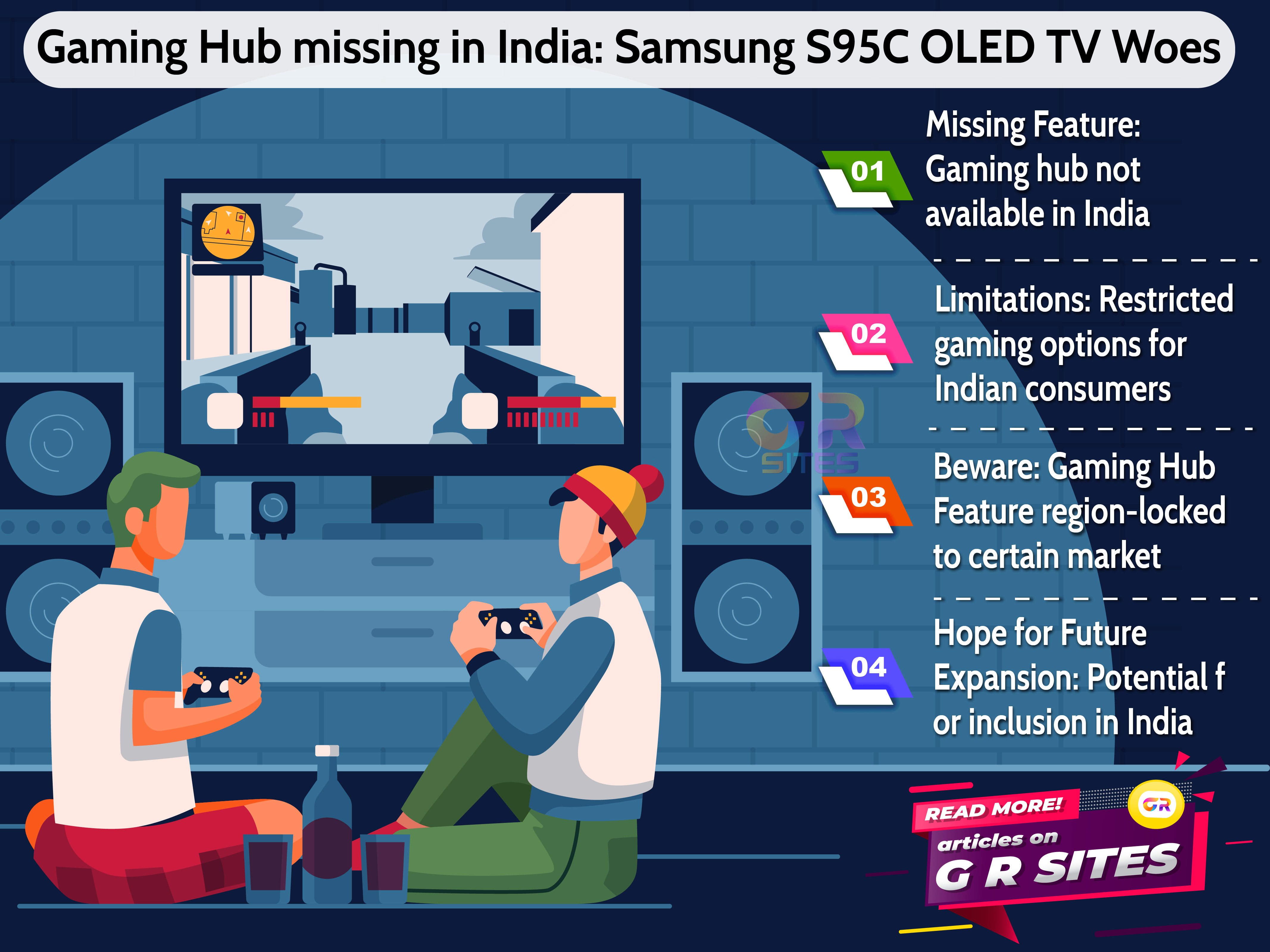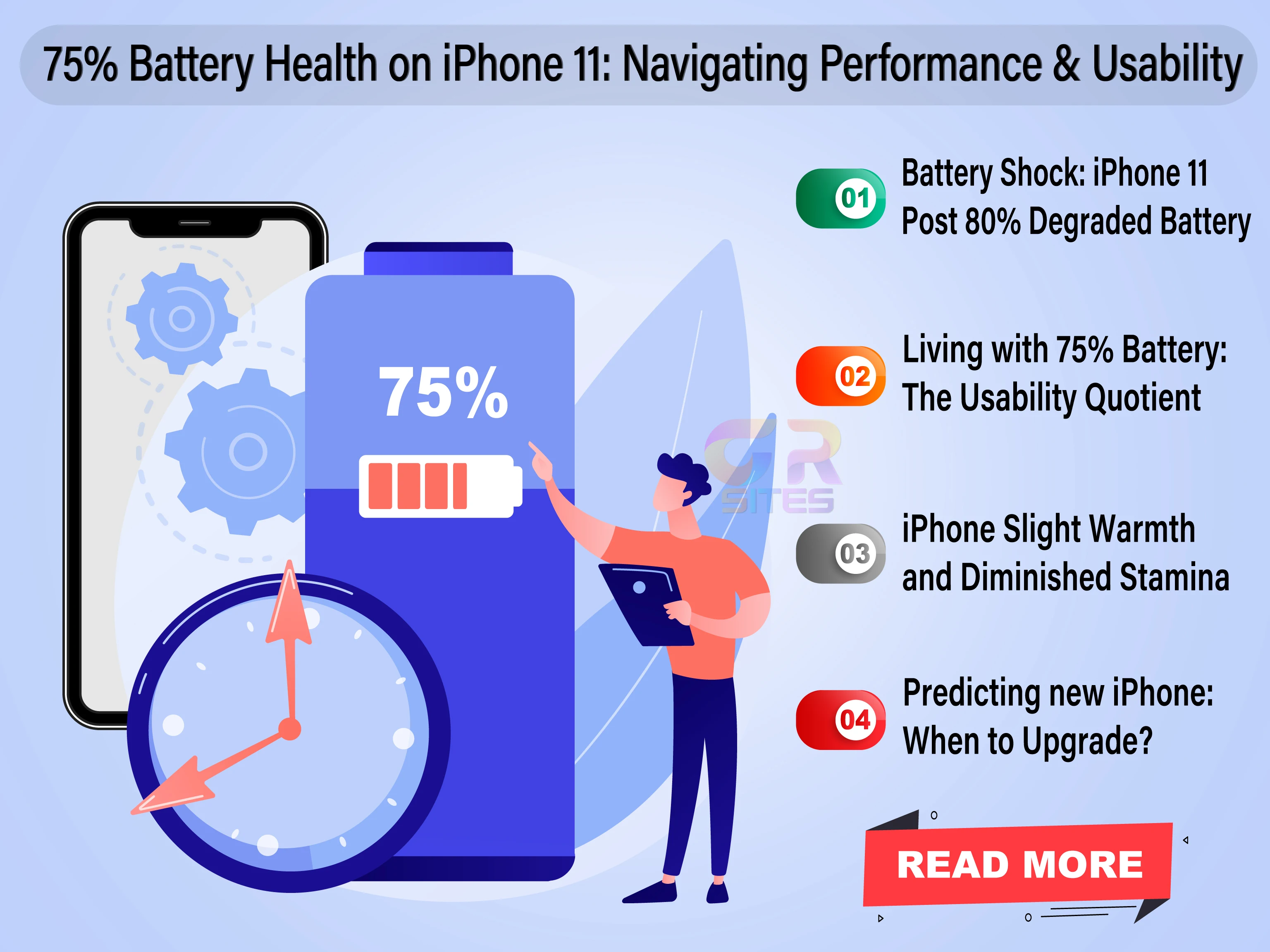Investing in an OLED TV promises an unparalleled viewing experience with its vibrant colors and rich blacks. However, before making your purchase, it's essential to consider the lighting conditions in your living room. From the subtle glow of sunlight to the harsh glare of overhead lights, the brightness of your surroundings can significantly impact your OLED TV's performance. Join us as we delve into the importance of brightness and lighting when choosing an OLED TV for your living room, ensuring an immersive entertainment experience for years to come.
Understanding OLED Brilliance:
OLED technology is renowned for its ability to deliver stunning visuals, thanks to its exceptional contrast ratio and deep blacks. However, the effectiveness of OLED displays is heavily influenced by ambient lighting conditions. Let's explore why brightness is a critical factor when selecting an OLED TV for your living room:
- Dynamic Contrast: OLED TVs excel at producing true blacks, enhancing contrast and image clarity. However, in brightly lit environments, the perceived contrast may diminish, affecting the overall viewing experience.
- Color Accuracy: Proper brightness levels are essential for maintaining color accuracy and fidelity, ensuring that images appear vibrant and lifelike, regardless of ambient lighting.
- Viewing Angles: OLED TVs offer wide viewing angles, allowing for an immersive viewing experience from various seating positions. However, excessive ambient light can create reflections and glare, diminishing the clarity of the display.
- Longevity: By adjusting brightness levels according to ambient lighting conditions, users can prolong the lifespan of their OLED TVs, mitigating the risk of burn-in and preserving image quality over time.
Evaluating Living Room Lighting:
Before selecting an OLED TV for your living room, it's essential to assess the lighting conditions and ambient brightness levels. Let's examine the various factors that can influence your viewing experience:
- Natural Light: Consider the amount of natural light that enters your living room throughout the day. Direct sunlight can create glare and reflections on the TV screen, affecting visibility and image quality.
- Artificial Lighting: Evaluate the type and placement of artificial lighting fixtures in your living room. Overhead lights, lamps, and ambient lighting can all contribute to glare and reflections, particularly if positioned too close to the TV.
- Light Control: Implementing light control solutions such as curtains, blinds, or dimmer switches can help regulate ambient lighting levels, creating a more conducive environment for TV viewing.
- Room Layout: Take into account the layout and orientation of your living room furniture in relation to the TV. Positioning seating areas away from direct light sources can minimize glare and optimize viewing angles.
Optimizing OLED TV Settings:
Once you've assessed your living room lighting conditions, it's time to optimize your OLED TV settings for an optimal viewing experience. Let's explore some tips for adjusting brightness levels and enhancing picture quality:
- Brightness Adjustment: Navigate to your TV's settings menu and adjust the brightness or backlight settings to suit the ambient lighting conditions in your living room. Opt for higher brightness levels in well-lit environments and lower levels in dimly lit spaces.
- Contrast Enhancement: Fine-tune the contrast and gamma settings to ensure optimal image clarity and detail reproduction. Balancing contrast levels can help mitigate the impact of ambient light on perceived image quality.
- Color Calibration: Use built-in calibration tools or professional calibration services to ensure accurate color reproduction and consistency across different lighting conditions. Calibrating color temperature and hue settings can enhance color accuracy and vibrancy.
- Ambient Light Sensors: Some OLED TVs feature ambient light sensors that automatically adjust brightness and picture settings based on surrounding lighting conditions. Enable this feature for hands-free optimization of your viewing experience.
In conclusion, selecting the perfect OLED TV brightness for your living room is essential for optimizing your viewing experience and enjoying the full potential of OLED technology. By understanding the impact of ambient lighting on OLED performance and implementing appropriate light control measures, you can create an immersive entertainment environment tailored to your preferences. Whether basking in the glow of natural light or dimming the lights for a cinematic experience, strategic lighting management is the key to unlocking the true brilliance of your OLED TV.
So, illuminate your living room with the perfect OLED TV brightness and immerse yourself in a world of stunning visuals and captivating entertainment.
In this article, we have explored the significance of brightness and lighting when selecting an OLED TV for your living room, emphasizing the importance of optimizing viewing conditions for an immersive entertainment experience. By understanding the relationship between ambient lighting and OLED performance, evaluating living room lighting conditions, and optimizing TV settings accordingly, users can ensure optimal picture quality and color accuracy. With strategic light control measures and careful calibration, you can unlock the full potential of your OLED TV and enjoy unparalleled visual excellence in any environment.



